Kamakura temples and gardens
| Travel Reports by Chashitsu | view profile of Chashitsu |
| previous post |
| next post |
| Note: The opinions and views expressed in this user report are those of the individual author and do not necessarily reflect the opinions and views of japan-guide.com. |
January 3, 2015 - Kamakura temples and gardens
Kamakura was the capital of Japan for 141 years following the defeat of the Taira clan by the Minamoto under Yoritomo until Emperor Go-Diago and his general Nitta Yoshisada laid siege to Kamakura in 1333. The Minamoto period gave way to the Ashikaga shogunate and the capital ügreturnedüh to Kyoto. Kamakura is a highly defensible location as it lies between the mountains and the sea with only seven narrow ravines providing access; with the defenders successfully repelling the Emperor's forces it appeared impregnable. The siege ended in 1333 when Nitta Yoshisada attacked from the Endoshima coast and rounding Inamuragasaki headland at low tide, routing the Minamoto forces on the beaches.
The city has a number of important temples and shrines linked by a few hiking trails. We stayed a few days in Kamakura at the end of a fortnight's holiday prior to departure from Narita. We arrived after lunch and headed straight for Tsurugaoka Hachimangu Shrine at the top of the cherry tree lined Wakamiya-oji street, only to find a wedding in progress complete with musicians playing traditional instruments and dressed in period costume. The shrine has two ponds and a garden with peonies, most of which were in bloom under parasols to prevent water damage. The larger pond has three islands representing the Minamoto clan whilst the smaller pond has four islands representing the defeated Taira clan (character 4 is an homonym for death).
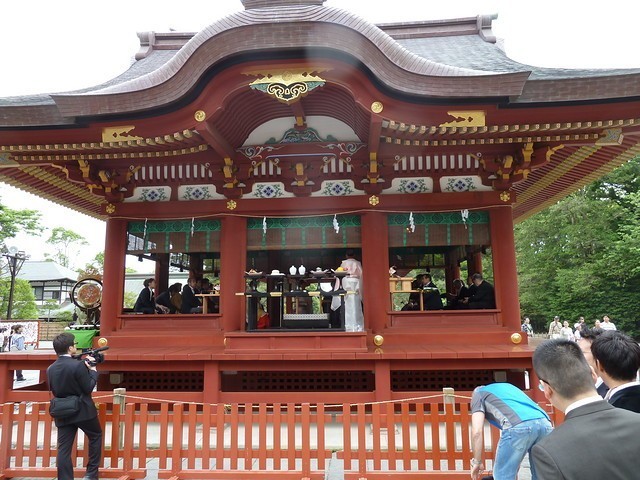
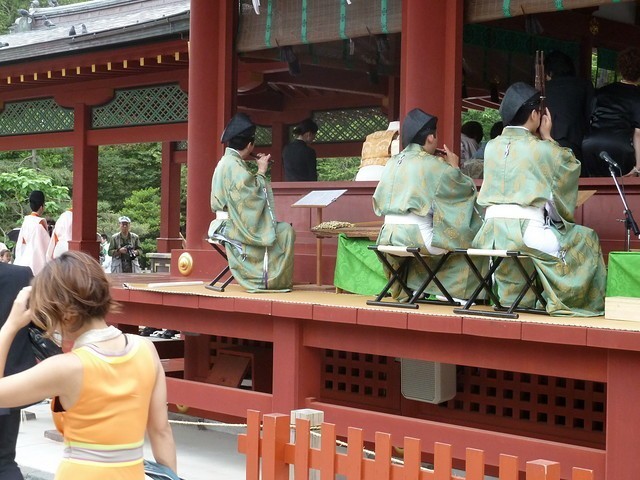
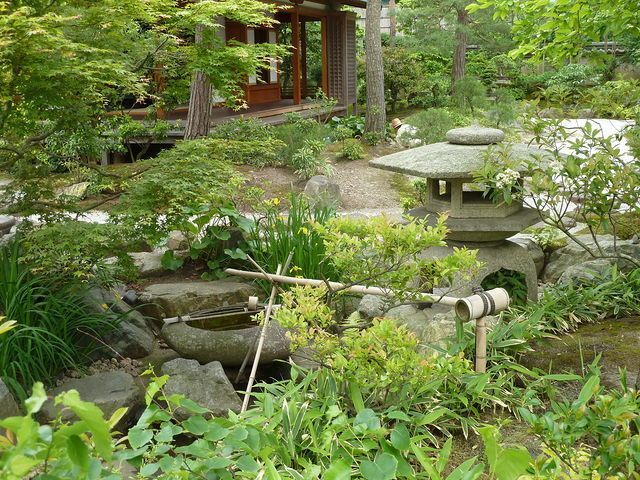
We walked east out of town to Hokoku-ji temple, one of the Rinzai temples of Kencho-ji and is known for it's moso bamboo grove. A few buildings survive including a thatched bell tower and a retreat in a glade of the bamboo forest.
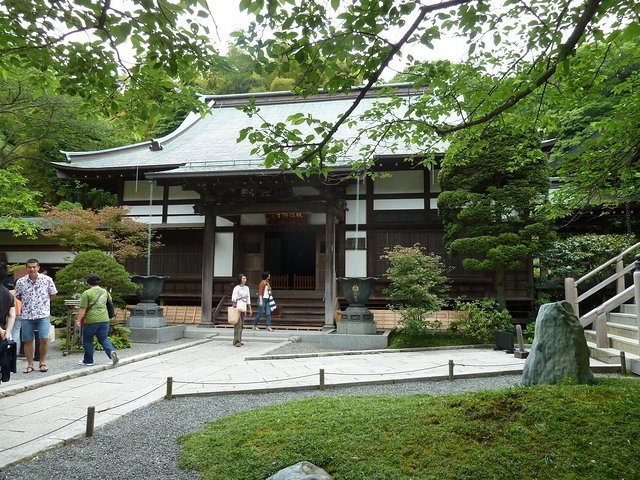
Across the road from Hokoku-ji temple is Jomyo-ji with a few surviving buildings and a modern dry landscape garden. Our overnight stay at the Prince hotel was a few stations away on the Enoden electric railway.
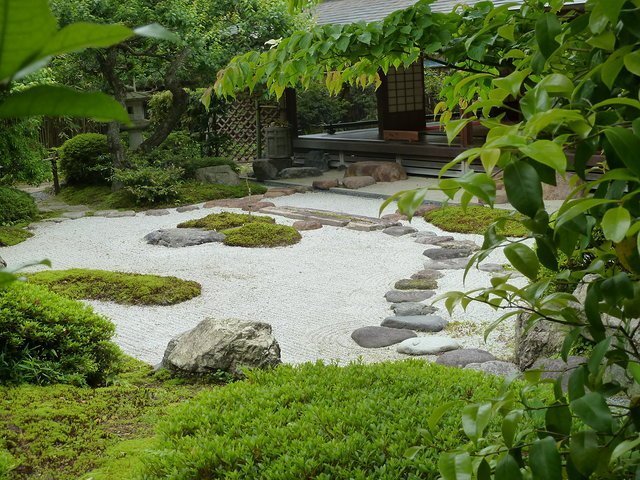
Kamakura has five main Rinzai sect Zen temples including Kencho-ji, Engaku-ji, Jochi-ji, Jufuku-ji and Jomyo-ji. The following day we travelled north of the town to Kita-Kamakura and visited Engaku-ji temple built during the period when Kamakura was the capital city, it's San-mon gate is a reminder of it's former magnificence. The temple complex houses the largest bell in Kamakura, cast in 1301 and a shrine of the sacred tooth of Buddha. The garden however is less impressive with a modest pond and hill garden and some path-side planting.
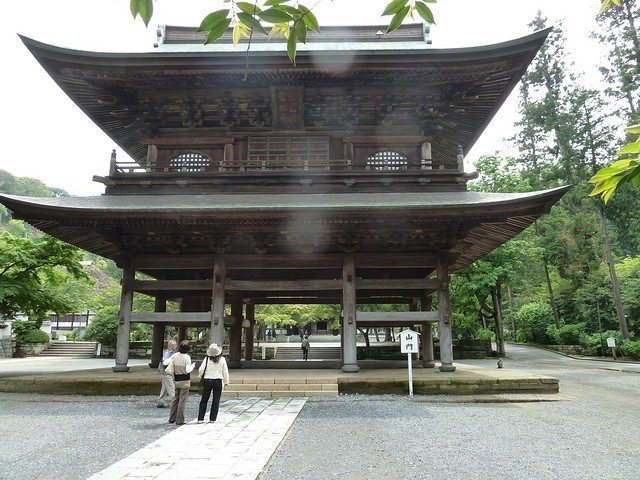
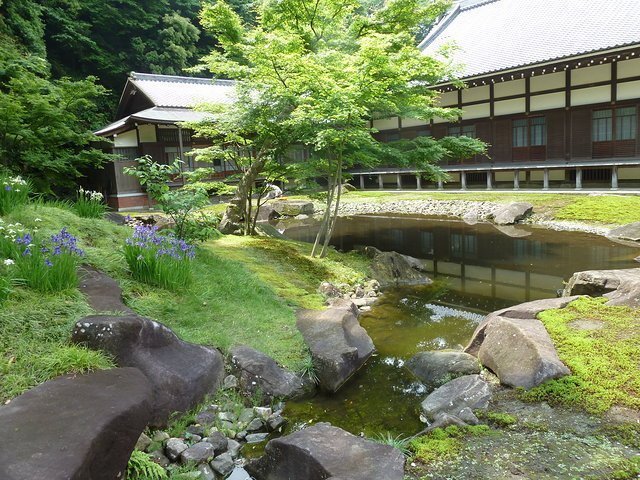
Adjacent to Engaku-ji temple is it's associate temple Jochi-ji temple also founded in the Kamakura period. The buildings were rebuilt after the great Kanto earthquake in 1923. The temple is noted for it's flowers.
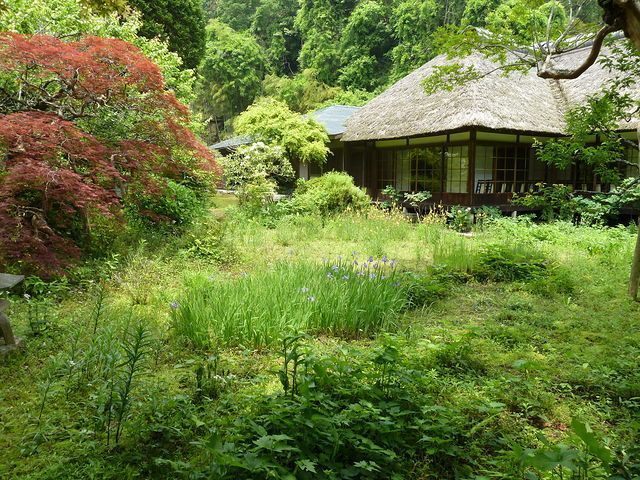
A little further down the road is Meigetsu-in, originally founded as the Bright Moon Hermitage but later converted to a temple. The main hall has a round moon window providing a view of the iris field behind the main hall. To the front is an impressive dry garden said to express the Buddhist view of the world.
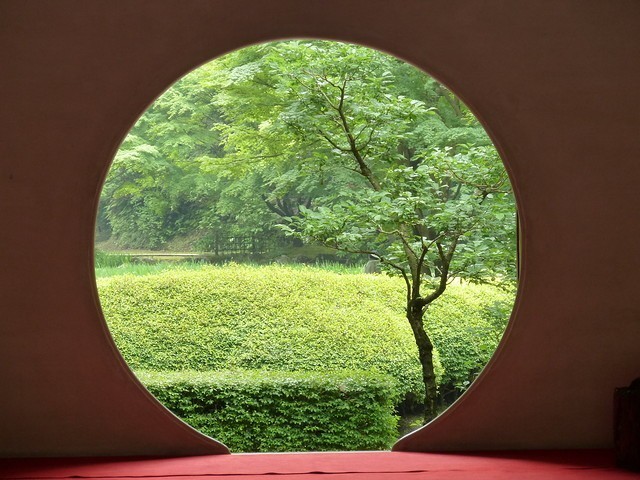
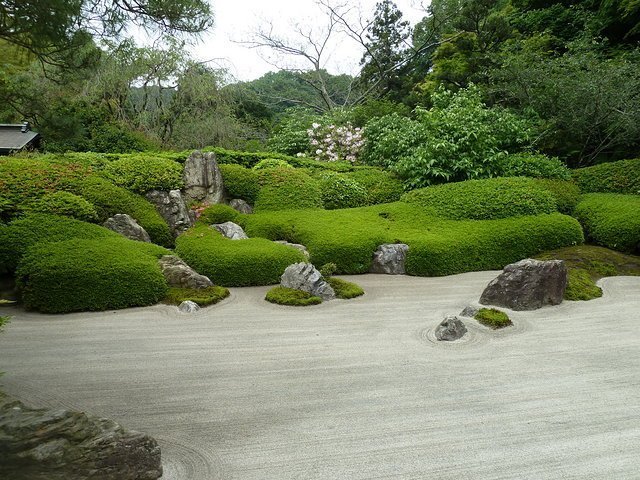
Even further down the road was Kencho-ji temple complex built following the linear Zen layout of Sanmon gate, Bell tower, Buddha Hall, Dharma Hall and Main Hall, much suited to these narrow valleys and was clearly a wealthy temple; it is the principal Zen temple in Kamakura. The Karamon Chinese gate to the main hall is lavishly decorated with gilded woodwork. The Sanpeki Ike landscape garden at the back of the main hall is modelled on the character for heart and mind and has a crocodile (not to be found in Japan) like promontory.
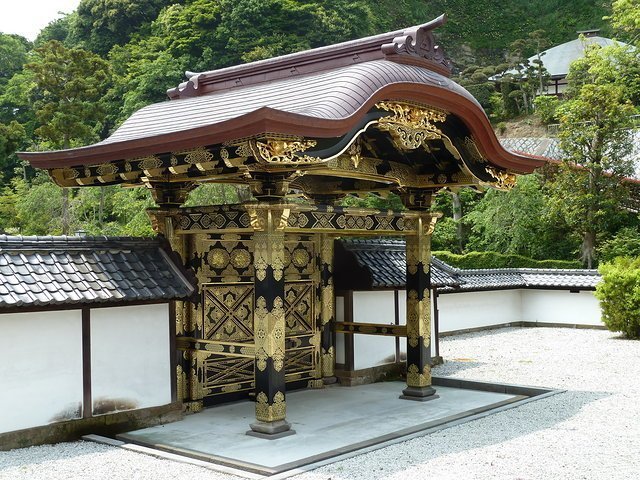
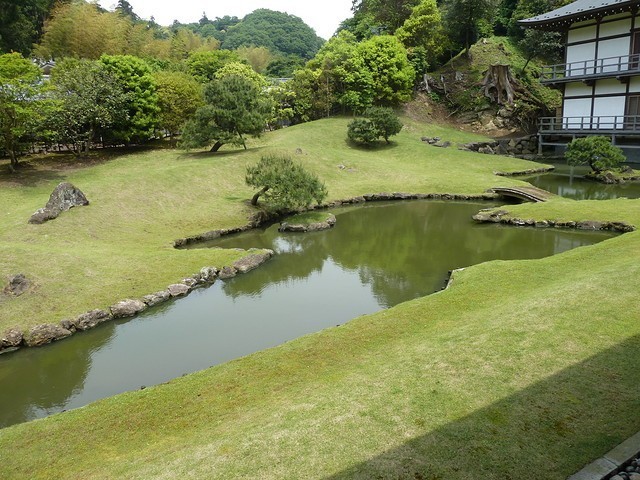
We followed the Daibutsu hiking trail from Jochi-ji temple through Genjiyama Park with it's statue of Minamoto Yoritomo and on to the great Buddha itself. The Daibutsu was built in 1252 and was once housed in a huge hall, which was washed away in the tsunami of 1495 and now sits in the open. It is mounted on earthquake resistant shock absorbers and is hollow; for a small price the visitors may enter the Buddha.
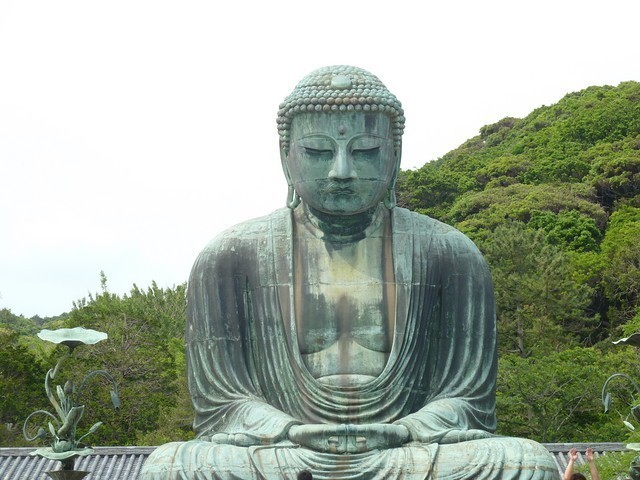
It was a pleasant walk from the Buddha to Hasedera temple. Hasedera is even older and was founded in 762. It has an excellent main hall housing the Kannon statue. The statue was one of two carved from a large camphor tree in 721 for Hasedera temple near Nara. One was cast into the sea with a prayer to save the people and was washed ashore near Kamakura 15 years later; the temple was constructed to honour it. The grounds have many jizo statues and several excellent gardens with a wide selection of flowers in all seasons - the brochure interestingly lists daffodils, St. John's wort and unspecified wild flowers amongst the usual flora.
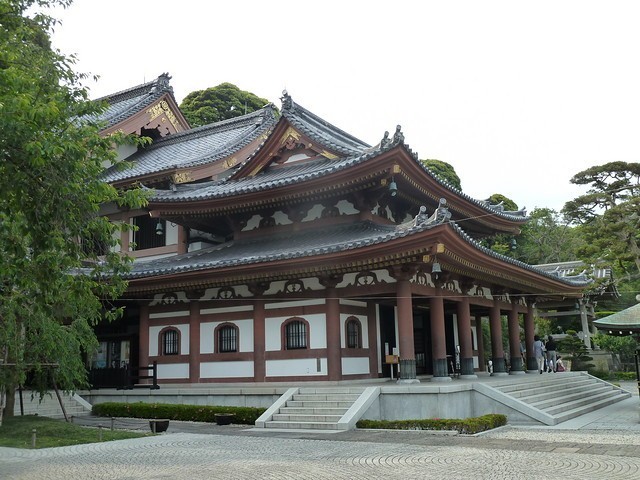
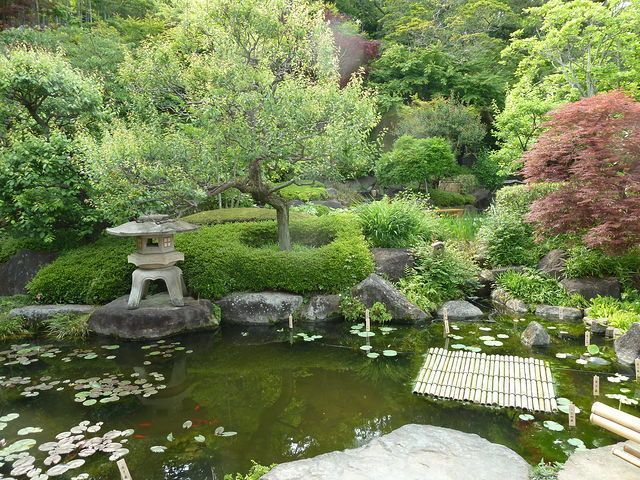
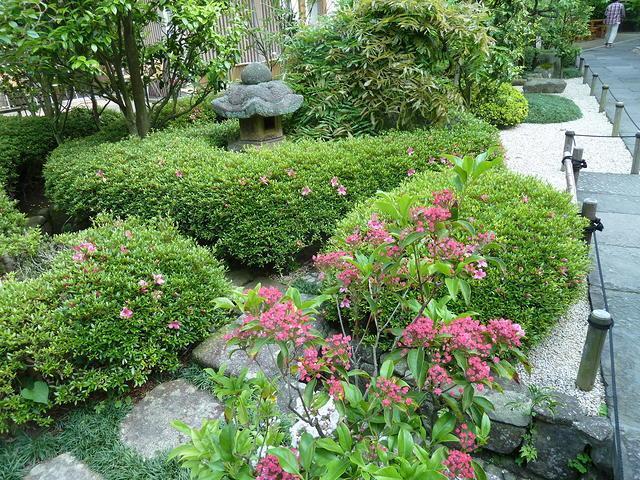
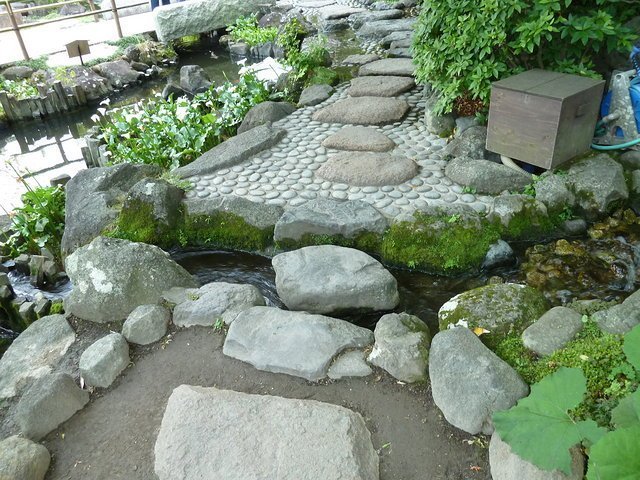
Having had a disappointing trek to Hakone and Lake Ashi to see Mount Fuji previously, we were rewarded with a glorious view of Fuji from the hotel at dawn as we prepared to leave.
Kamakura is an interesting destination for a couple of days despite it's lack of grand gardens.
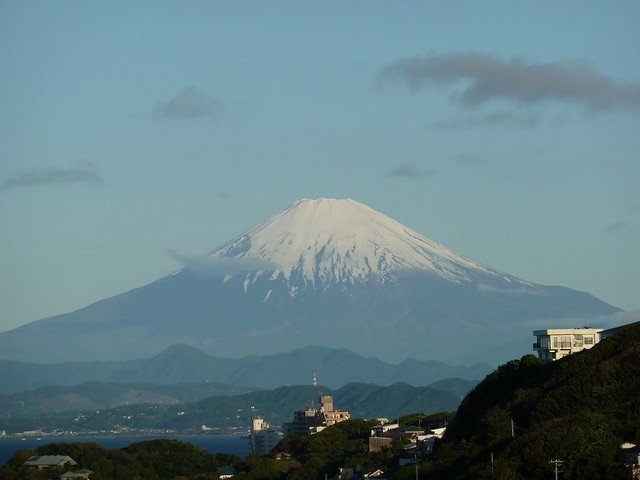
| previous post |
| next post |
|
List of Posts:
2017/07/25 - Japan's tectonic landscape reflected in the gardens 2017/07/15 - Flora of Japan 2016/04/27 - Time in Asakusa 2016/04/25 - Kakunodate 2016/04/23 - A Thousand Cranes 2016/04/22 - Castle in the Clouds 2016/04/21 - The beauty of Koraku-en 2016/04/20 - Far from the Madding Kyoto Crowds - Part 1 2016/04/20 - Far from the Madding Kyoto Crowds - Part 2 2016/04/18 - A Day in the Mountains 2016/04/17 - Delights of Hikone 2016/04/16 - Nara Revisited 2015/01/03 - Kamakura temples and gardens 2015/01/01 - Takayama Temple Trail 2014/12/29 - Kurama - Kibune hiking trail 2014/11/10 - A visit to Himeji 2014/11/05 - Shigemori Mirei - The Rebel in the Garden 2014/11/04 - Arashiyama and nearby sights 2014/11/03 - The less visited sites of Nara 2014/11/03 - The gems of Matsue 2014/10/31 - Agon-shu Monastery 2014/10/30 - In the footsteps of the Shogun 2014/10/30 - Tale of the Genji |